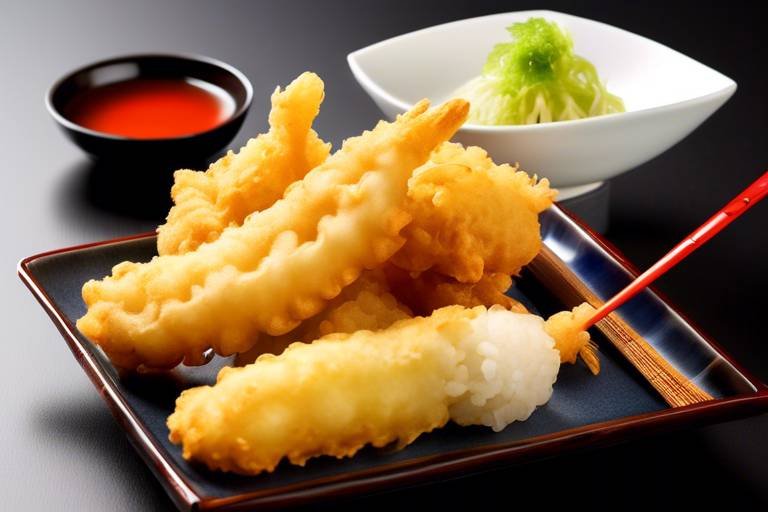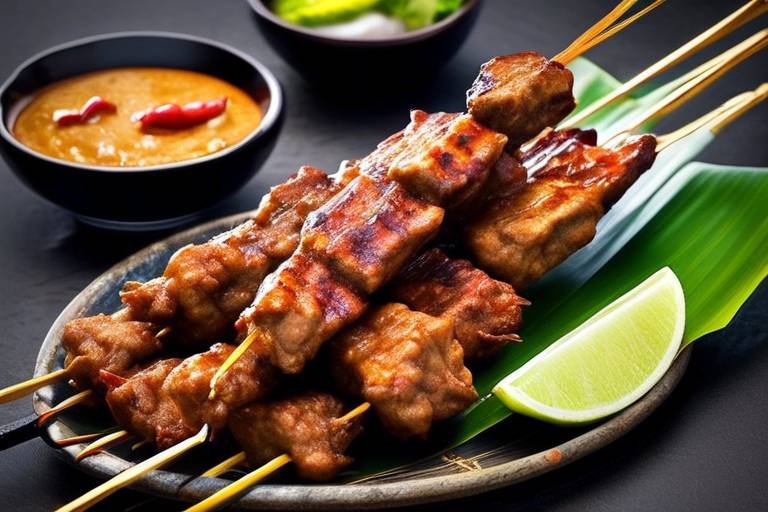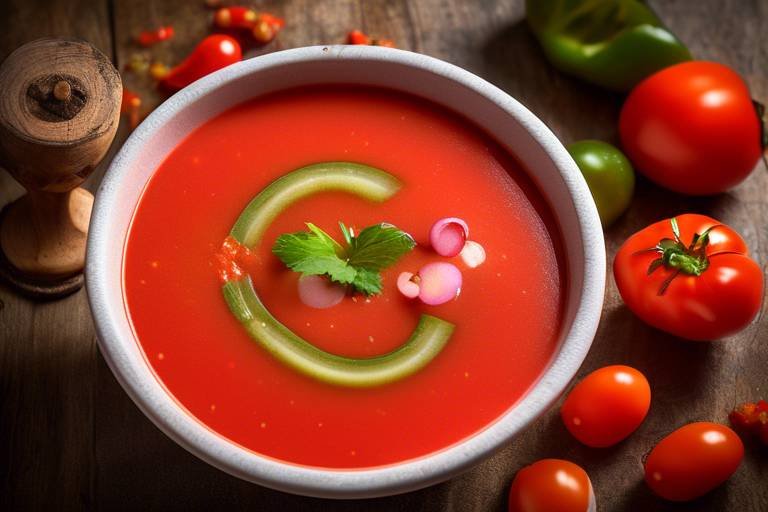How to Enjoy Classic Japanese Tempura
When it comes to enjoying classic Japanese tempura, it's all about savoring the delicate balance of flavors and textures that this iconic dish offers. Picture this: a light, crispy batter enveloping fresh seafood or vegetables, perfectly fried to golden perfection. It's a culinary experience that delights the senses and leaves you craving more.
To truly appreciate the art of tempura, it's essential to understand its roots and the meticulous preparation techniques that go into creating this beloved dish. Originating from the introduction of frying by Portuguese missionaries in the 16th century, tempura has evolved into a staple of Japanese cuisine, cherished for its simplicity and elegance.
The secret to exceptional tempura lies in the quality of ingredients used. Fresh seafood like shrimp and fish, along with a selection of seasonal vegetables, are coated in a special batter made from flour, water, and sometimes egg. The result? A light and airy coating that enhances the natural flavors of the ingredients.
Mastering the art of tempura preparation requires precision and finesse. From achieving the perfect batter consistency to maintaining the right frying temperature, every step plays a crucial role in creating that signature crispiness. Whether you're frying up shrimp, sweet potatoes, or mushrooms, the goal is always the same: light, crispy perfection.
While classic shrimp and vegetable tempura are popular choices, the world of tempura extends far beyond these traditional options. From mixed tempura bowls bursting with an assortment of flavors to hearty tendon (tempura rice bowls) and comforting tempura udon, there's a diverse range of dishes to explore and enjoy.
When it comes to dining etiquette, there are subtle traditions to observe when indulging in tempura. Dip each piece delicately into tentsuyu, the savory tempura dipping sauce, and savor the flavors without delay. Embrace the cultural customs that elevate the dining experience and pay homage to the artistry behind each bite.
For those looking to elevate their tempura experience, consider pairing this delectable dish with sake, a traditional Japanese rice wine. The delicate flavors of sake complement the light and crispy texture of tempura, creating a harmonious combination that tantalizes the taste buds.
While visiting renowned tempura restaurants in Japan offers a glimpse into the world of expertly crafted tempura, there's also joy in recreating this culinary delight at home. With the right ingredients, preparation techniques, and a touch of patience, you can enjoy authentic tempura dishes in the comfort of your own kitchen.
So, whether you're savoring tempura at a traditional counter seating restaurant in Japan or trying your hand at home cooking, the key to enjoying classic Japanese tempura lies in appreciating the artistry, flavors, and traditions that make this dish truly special.
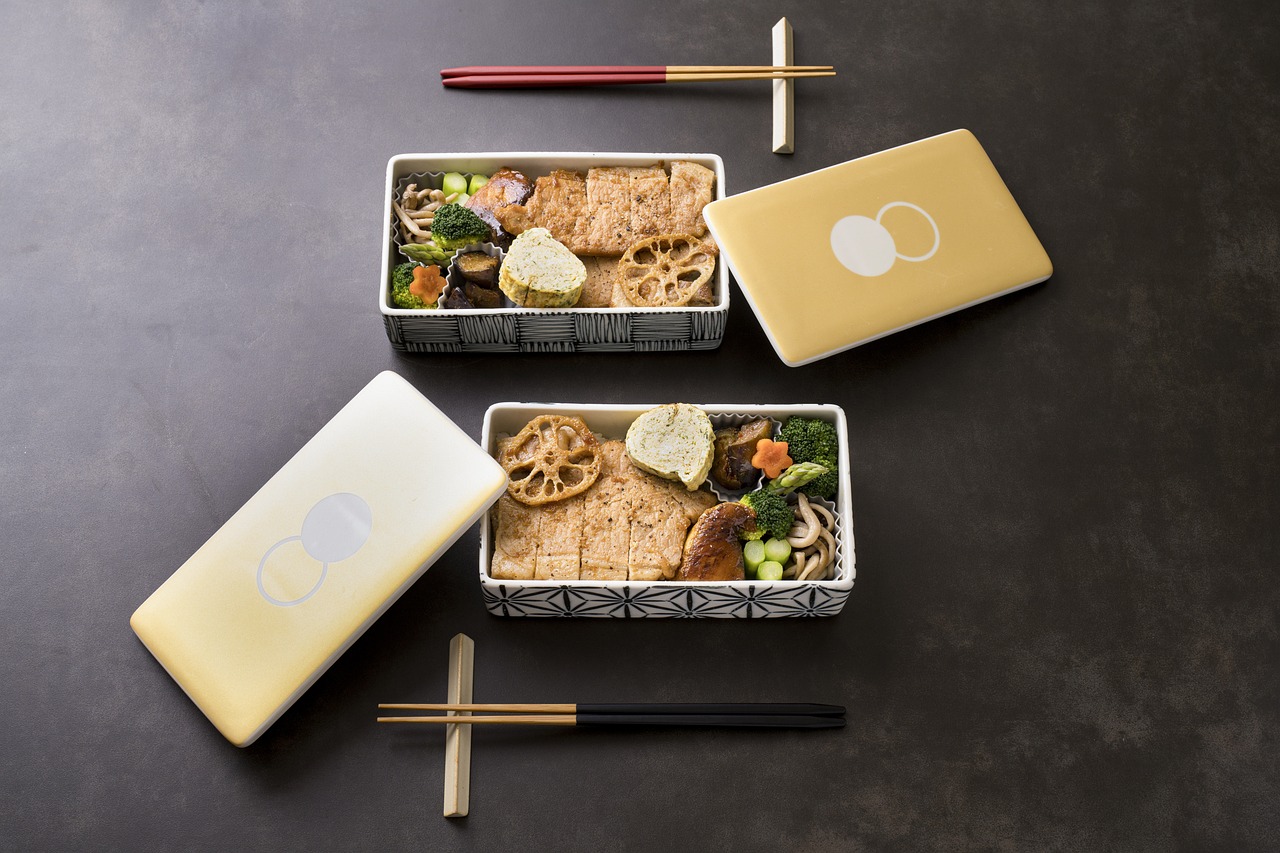
History of Tempura
The history of tempura is a fascinating journey that dates back to the 16th century when Portuguese missionaries introduced this cooking method to Japan. The word "tempura" is believed to have originated from the Latin word "tempora," meaning "times" or "Ember Days." Initially, tempura was a dish consumed by the commoners during the Edo period, but it later gained popularity among the aristocracy and samurai. Over time, tempura evolved to incorporate a variety of ingredients, with a focus on showcasing the natural flavors and textures of seafood and vegetables.
Tempura's introduction to Japan marked a significant culinary shift, blending foreign influences with traditional Japanese cooking techniques. The Portuguese technique of frying food in batter was adapted to suit Japanese tastes, resulting in the creation of a light and crispy delicacy that has stood the test of time. Tempura's popularity spread rapidly across Japan, eventually becoming a beloved staple in Japanese cuisine.
The art of tempura has since been refined and perfected, with chefs continuously experimenting with different ingredients and batter formulations to create unique variations of this classic dish. Today, tempura is enjoyed not only in Japan but also around the world, captivating food enthusiasts with its delicate flavors and satisfying crunch. The rich history of tempura reflects a culinary tradition that continues to evolve while staying true to its roots.
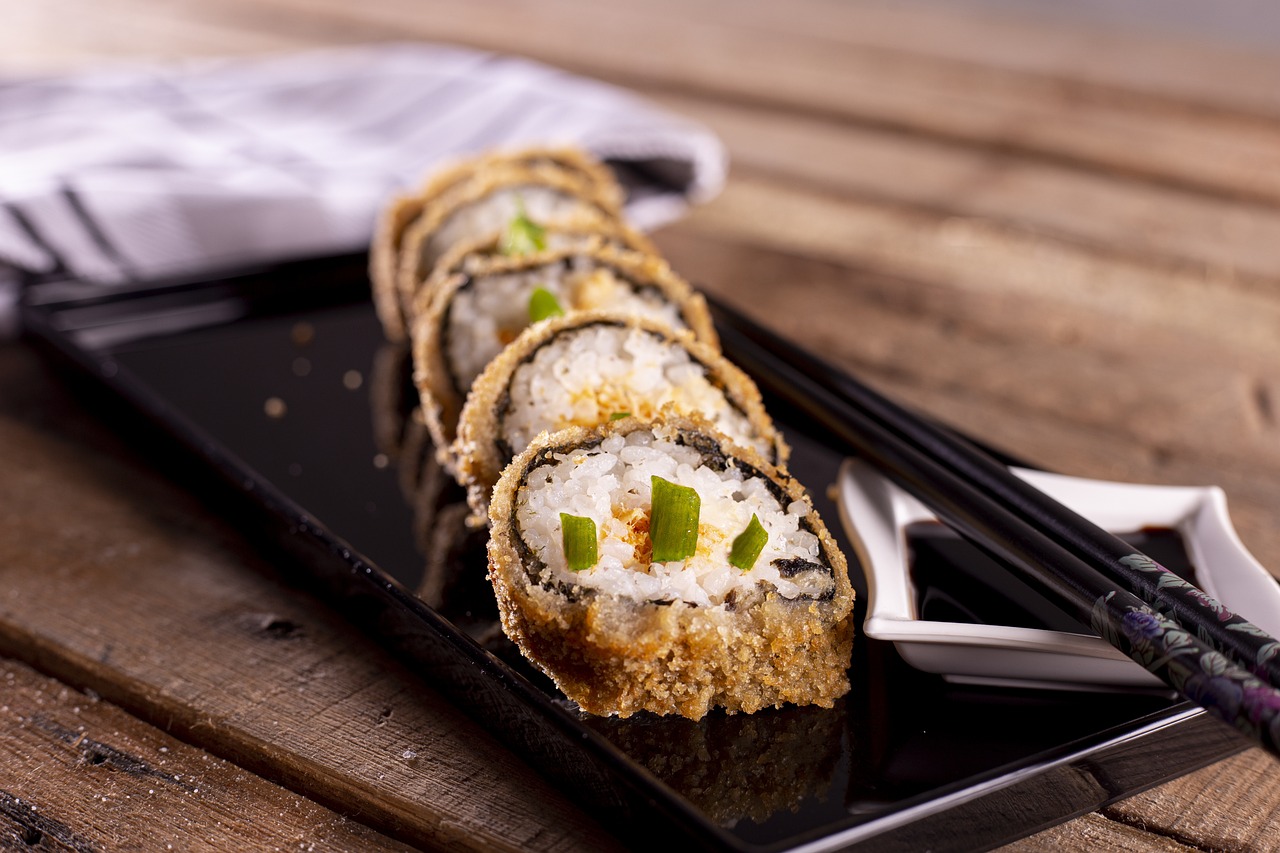
Ingredients Used in Tempura
When it comes to creating authentic and mouth-watering tempura, the key lies in the selection of high-quality ingredients. Freshness is paramount in achieving the perfect balance of flavors and textures that define this beloved Japanese dish. The main components used in tempura include a variety of seafood, vegetables, and a specially crafted batter that ensures a light and crispy finish.
Seafood plays a significant role in traditional tempura, with popular choices such as shrimp, squid, and white fish. These seafood options are prized for their delicate flavors and ability to complement the crispy batter. Vegetables also feature prominently in tempura, with favorites like sweet potatoes, eggplant, and bell peppers adding a colorful and flavorful dimension to the dish.
The secret to creating a light and airy batter lies in the combination of flour, water, and sometimes egg or baking powder. The batter should be mixed minimally to avoid developing gluten, resulting in a delicate coating that crisps up beautifully when fried. Additionally, using ice-cold water in the batter helps achieve a crispy texture by preventing the gluten from becoming tough.
Another essential ingredient in tempura is oil, typically a neutral-flavored oil with a high smoke point such as canola or sunflower oil. The oil must be heated to the correct temperature before frying to ensure that the tempura cooks quickly and evenly, resulting in a crunchy exterior while maintaining the natural flavors of the ingredients.

Tempura Preparation Techniques
When it comes to mastering the art of preparing authentic tempura, several key techniques play a crucial role in achieving that perfect light and crispy texture that tempura is known for. One of the essential aspects of tempura preparation is the batter consistency. The batter should be light and airy, almost resembling a thin pancake batter, to ensure a delicate coating on the ingredients.
Another critical factor in tempura preparation is maintaining the right frying temperature. The oil should be heated to around 340-360 degrees Fahrenheit (170-180 degrees Celsius) to quickly cook the ingredients and create a crispy exterior while keeping the inside tender and moist. Consistency in oil temperature is key to achieving uniform results.
Furthermore, the frying time is a crucial element in perfecting tempura. Ingredients should be fried in small batches to prevent overcrowding the pan, which can lower the oil temperature and result in soggy tempura. Each piece should be fried for a short period, typically around 2-3 minutes, until they turn golden brown and crispy.
Additionally, using high-quality and fresh ingredients is paramount in creating exceptional tempura. Whether it's seafood like shrimp and fish or vegetables like sweet potatoes and bell peppers, the freshness and quality of the ingredients greatly impact the final dish. The batter should lightly coat the ingredients, allowing their natural flavors to shine through.
Lastly, the technique of draining excess oil after frying is essential to maintain the crispy texture of tempura. Placing the fried tempura on a wire rack or paper towels allows the excess oil to drip off, preventing the dish from becoming greasy. This step ensures that each bite of tempura is light, crispy, and delightful.

Types of Tempura Dishes
When it comes to tempura, the options are not limited to just shrimp and vegetables. There is a wide array of tempura dishes that go beyond the traditional offerings, providing a diverse and flavorful experience for food enthusiasts. One popular variation is the mixed tempura bowl, which combines an assortment of seafood, vegetables, and other ingredients, all coated in the signature light and crispy batter.
Another favorite among tempura lovers is tendon, also known as tempura rice bowls. These hearty bowls feature a bed of steaming rice topped with an assortment of tempura pieces, drizzled with a savory sauce to enhance the flavors. The combination of crunchy tempura and fluffy rice creates a satisfying and comforting meal that is sure to please your taste buds.
For noodle lovers, tempura udon is a must-try dish. This hearty soup combines thick wheat noodles in a flavorful broth, topped with crispy tempura pieces. The contrast between the hot broth and the crispy tempura creates a delightful harmony of textures and flavors, making it a popular choice in Japanese cuisine.
Exploring these different types of tempura dishes allows you to experience the versatility and creativity that can be found within this beloved culinary tradition. Whether you prefer a bowl of mixed tempura, a comforting tendon bowl, or a steaming bowl of tempura udon, there is a tempura dish to suit every palate and craving.
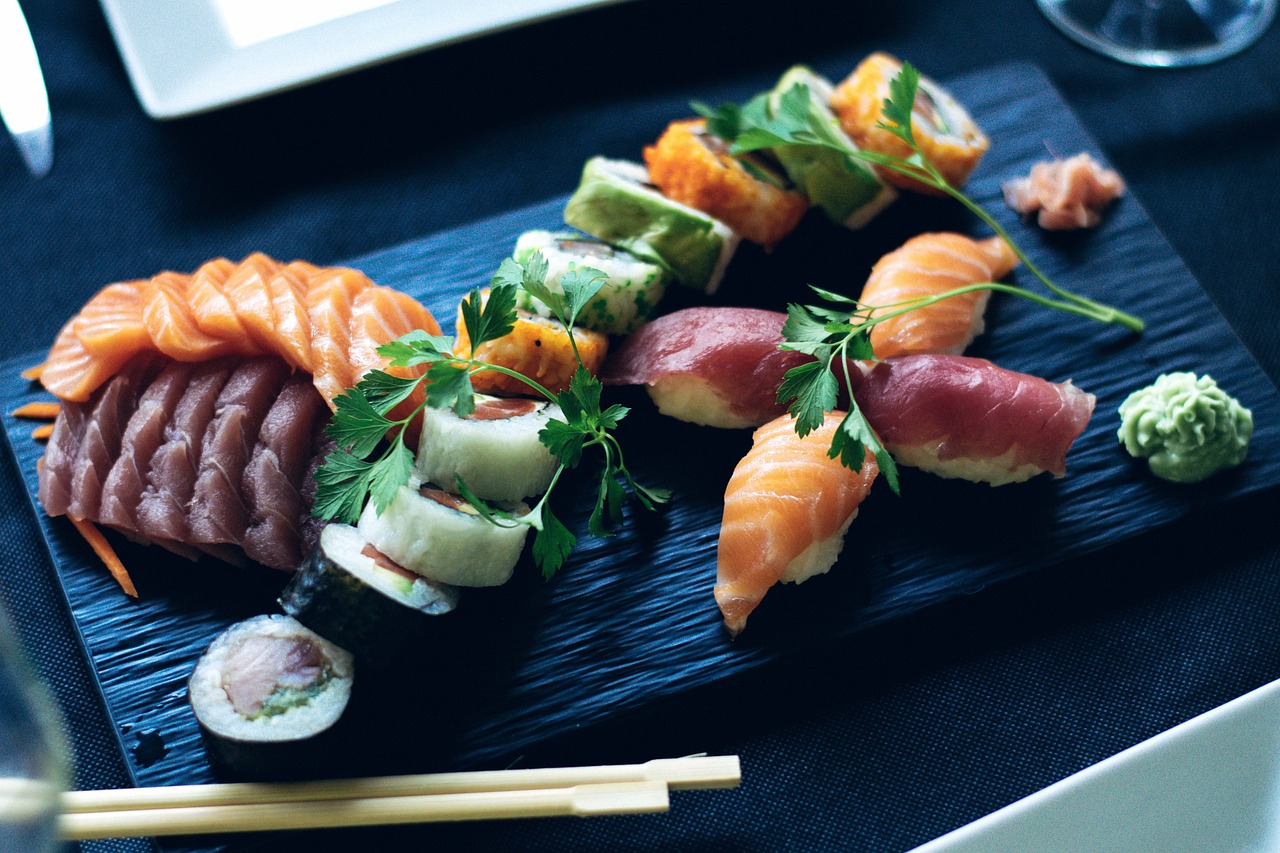
Etiquette and Traditions
When it comes to enjoying classic Japanese tempura, there are certain etiquette and traditions that one should be aware of to fully appreciate the culinary experience. In Japan, eating tempura is not just about the food itself but also about the customs and rituals that surround it. One of the key traditions is the way tempura is dipped in tentsuyu, a flavorful dipping sauce made from dashi, soy sauce, and mirin. The proper way to enjoy tempura is to lightly dip it into the sauce, ensuring that the batter remains crispy while adding a burst of umami flavor.
Another important aspect of tempura etiquette is the way each piece is eaten. It is customary to eat tempura in one bite to fully savor the combination of flavors and textures. This demonstrates respect for the chef's craftsmanship and allows you to experience the dish as intended. Additionally, it is considered polite to express your appreciation for the meal by saying "Gochisousama deshita" at the end of the meal, which translates to "It was a feast."
Furthermore, in traditional tempura dining, it is common to start with lighter ingredients such as vegetables before moving on to heavier items like seafood. This progression allows you to appreciate the delicate flavors of each component and ensures a balanced dining experience. Additionally, it is customary to eat tempura with chopsticks rather than hands to show respect for the food and the chef.
Tempura is not just a dish; it is a cultural experience that embodies the art of Japanese cuisine. By understanding and following the etiquette and traditions associated with eating tempura, you can fully immerse yourself in the rich culinary heritage of Japan and enjoy this beloved dish to the fullest.
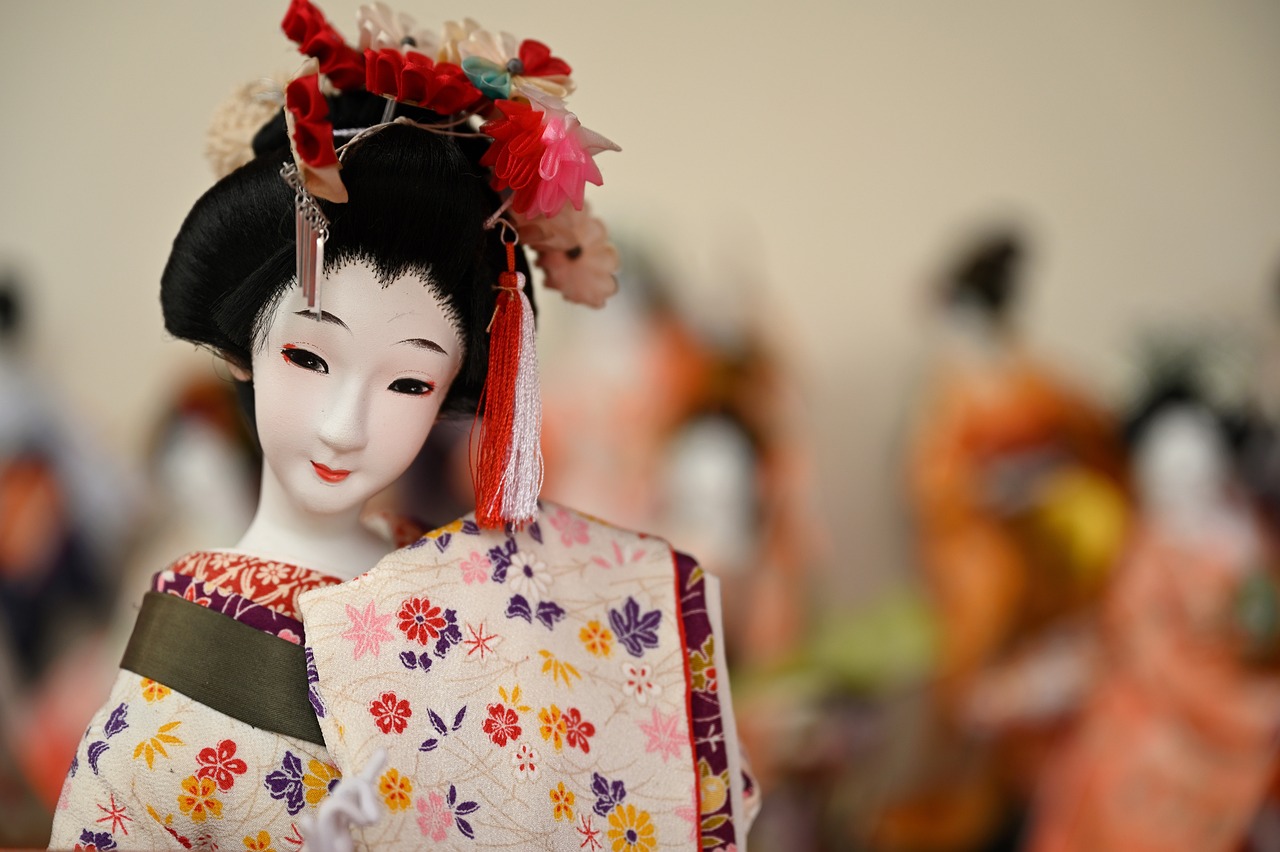
Pairing Tempura with Sake
Pairing tempura with sake is a delightful experience that enhances the flavors of both the dish and the drink. Sake, a traditional Japanese rice wine, complements the light and crispy texture of tempura, creating a harmonious balance of flavors. When selecting a sake to pair with tempura, consider the characteristics of the dish and the type of sake that will best complement its flavors.
There are various types of sake that can be paired with tempura, each offering a unique taste profile. Junmai sake, known for its full-bodied and rich flavor, pairs well with heartier tempura dishes such as seafood or meat. On the other hand, Ginjo sake, with its light and fragrant notes, is an excellent choice for delicate vegetable tempura.
When enjoying tempura with sake, it is important to consider the temperature of the sake. While some prefer warm sake to contrast the crispy texture of tempura, others opt for chilled sake to refresh the palate between bites. Experimenting with different temperatures can enhance the dining experience and bring out new dimensions of flavor.
To fully appreciate the pairing of tempura with sake, take small sips of sake between bites of tempura to cleanse the palate and prepare for the next flavorful bite. The interplay of textures and flavors between the crispy tempura and the smooth sake creates a dynamic culinary experience that is both satisfying and enjoyable.

Tempura Restaurants and Experiences
When it comes to experiencing the true essence of Japanese tempura, visiting renowned tempura restaurants in Japan is a must. These establishments are not just places to eat but are culinary experiences that showcase the artistry and skill behind creating perfect tempura dishes.
One of the most iconic aspects of tempura restaurants in Japan is the traditional tempura counter seating. Situated around a hot frying station, guests can witness firsthand as skilled chefs expertly dip and fry each piece of tempura to crispy perfection. The intimate setting allows diners to engage with the chefs and appreciate the precision and technique involved in crafting each dish.
Each tempura restaurant has its unique flair and specialties, offering a diverse range of tempura options beyond the classic shrimp and vegetable variations. From delicate seafood tempura to innovative vegetable creations, these restaurants elevate tempura to an art form, tantalizing the taste buds of diners with every bite.
Additionally, many tempura restaurants in Japan pride themselves on using fresh, seasonal ingredients sourced locally to ensure the highest quality and flavor in every dish. This dedication to freshness and authenticity is what sets these establishments apart and makes dining at a tempura restaurant a truly memorable experience.
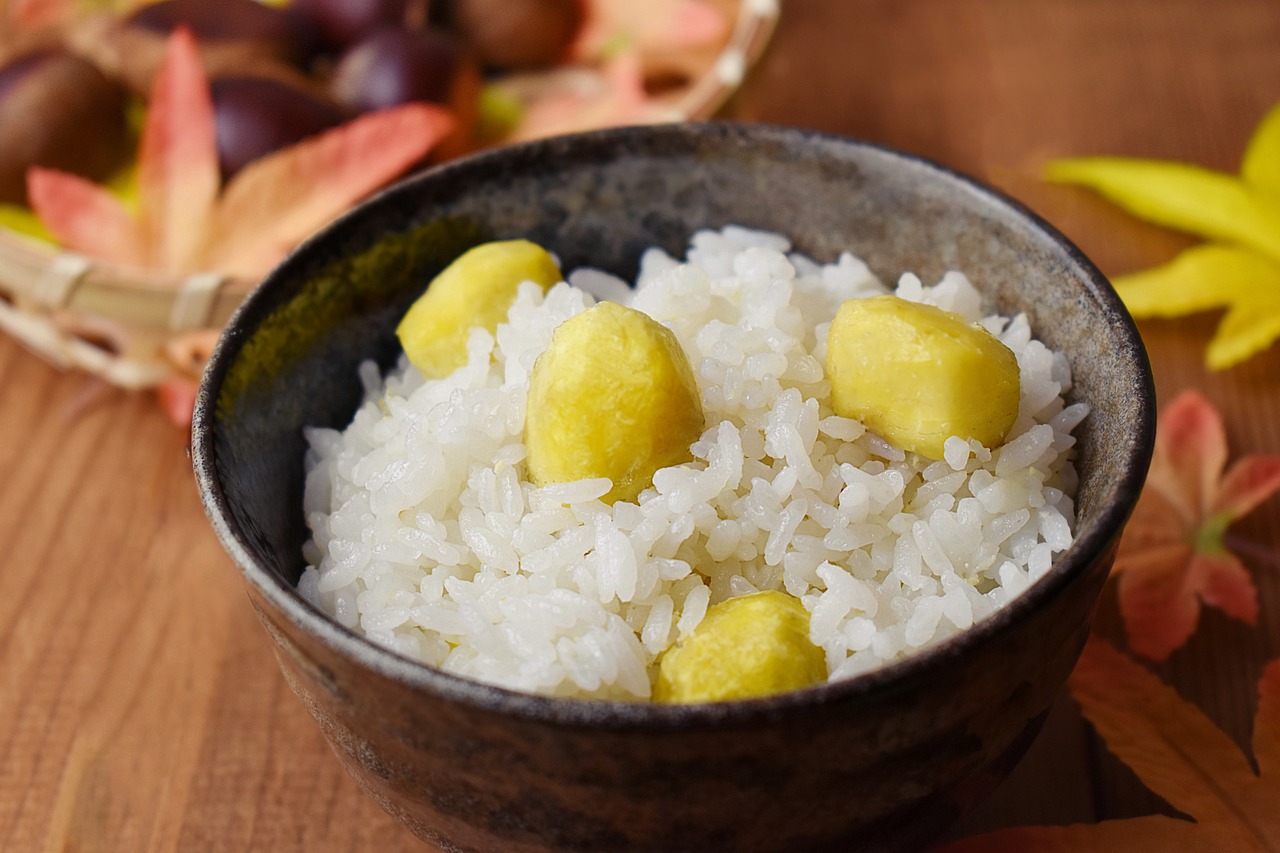
Home Cooking Tips for Tempura
When it comes to preparing delicious tempura at home, there are a few key tips and techniques to keep in mind to ensure your dish turns out perfectly crispy and flavorful. One of the most important aspects of making tempura is selecting the right ingredients. Fresh seafood such as shrimp and fish, along with a variety of vegetables like sweet potatoes, eggplant, and bell peppers, are commonly used in tempura recipes.
Additionally, achieving the perfect batter consistency is crucial for light and crispy tempura. The batter should be lumpy and not overmixed to maintain a delicate texture when fried. It's also essential to ensure that the oil is at the correct frying temperature, typically around 340-360°F (170-180°C), to prevent the tempura from becoming greasy.
When preparing the ingredients for tempura, make sure they are thoroughly dried before dipping them in the batter. This helps the batter adhere better to the food and results in a crispier coating. It's also recommended to fry only a few pieces of tempura at a time to maintain the oil temperature and prevent overcrowding in the frying pot.
For those looking to experiment with different flavor profiles, consider adding seasonings like garlic powder, cayenne pepper, or sesame seeds to the batter for a unique twist on traditional tempura. Don't be afraid to get creative with your tempura ingredients and flavors to make the dish your own.
Lastly, when serving homemade tempura, it's best enjoyed immediately while still hot and crispy. Serve the tempura with tentsuyu dipping sauce, grated daikon radish, and a sprinkle of sea salt for a traditional Japanese dining experience. With these home cooking tips, you can master the art of making delicious tempura in your own kitchen.
Frequently Asked Questions
- What is the origin of tempura?
Tempura originated in Japan in the 16th century, introduced by Portuguese missionaries. It has since evolved into a popular dish in Japanese cuisine known for its light and crispy batter.
- What are the key ingredients used in tempura?
The key ingredients used in tempura include fresh seafood, vegetables, and a special batter made with flour, water, and sometimes egg. Using high-quality ingredients is essential to achieving the perfect tempura dish.
- How can I make crispy tempura at home?
To make crispy tempura at home, ensure the batter has the right consistency, fry at the correct temperature, and do not overcrowd the frying oil. It's important to maintain a light and airy texture for the best results.
- What are some traditional tempura dishes besides shrimp and vegetables?
Aside from classic shrimp and vegetable tempura, there are other popular tempura dishes such as mixed tempura bowls, tendon (tempura rice bowls), and tempura udon. These variations offer new and delicious ways to enjoy tempura.
- How should I eat tempura in a traditional Japanese setting?
In a traditional Japanese setting, it is customary to dip tempura in tentsuyu (tempura dipping sauce) before eating. Each piece should be enjoyed promptly after being served to savor the crispy texture and flavors.

